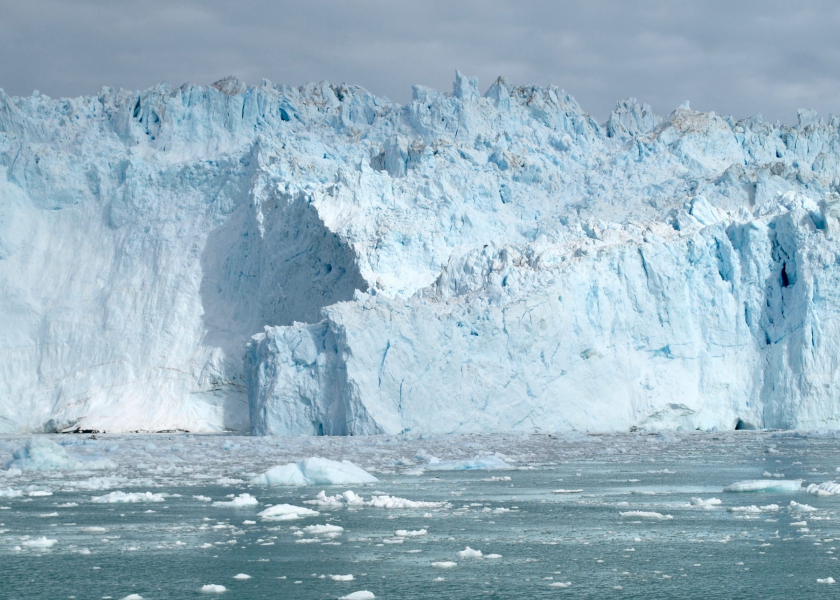Researchers Link Coastal Glacier Retreat to Human-Caused Climate Change
December 5, 2022

More of the world’s coastal glaciers are melting faster than ever, but exactly what’s triggering the large-scale retreat has been difficult to prove because of natural fluctuations in the glaciers’ surroundings. Researchers at the University of Texas Institute for Geophysics and the Georgia Institute of Technology think they’ve cracked a methodology that determines why coastal glaciers retreat, and in turn, how much can be attributed to human-caused climate change.
So far, scientists have only tested the approach in computer models using simplified glaciers. They found that even modest global warming caused most glaciers to melt. The next step is to simulate the coastal glaciers of a real ice sheet such as Greenland’s, which holds enough ice to raise sea level by about 20 feet.
Published in July 2022 in the journal The Cryosphere, the methodology is unique because it treats rapid glacier retreat as an individual probabilistic event, like a wildfire or tropical storm. The probability of a large retreat happening varies depending on the glacier’s stability threshold (usually a steep rise in the bedrock that slows its flow), climate and ocean fluctuations, and human-caused warming. Even small variations can cause large changes in a glacier’s behavior, making them hard to predict.
The new methodology accounts for those variations while testing the effect of background trends such as global warming. Co-author and Jackson School of Geosciences Professor Ginny Catania said that means they can now attribute mass coastal glacier retreat to climate change and not just natural variability.
“And that’s the first time anyone’s done that,” she said. The team ran thousands of simulations of the past 150 years with and without global warming. The simulations showed that even modest warming dramatically increased the probability of ice sheet-wide glacier retreat.
Back to the Newsletter